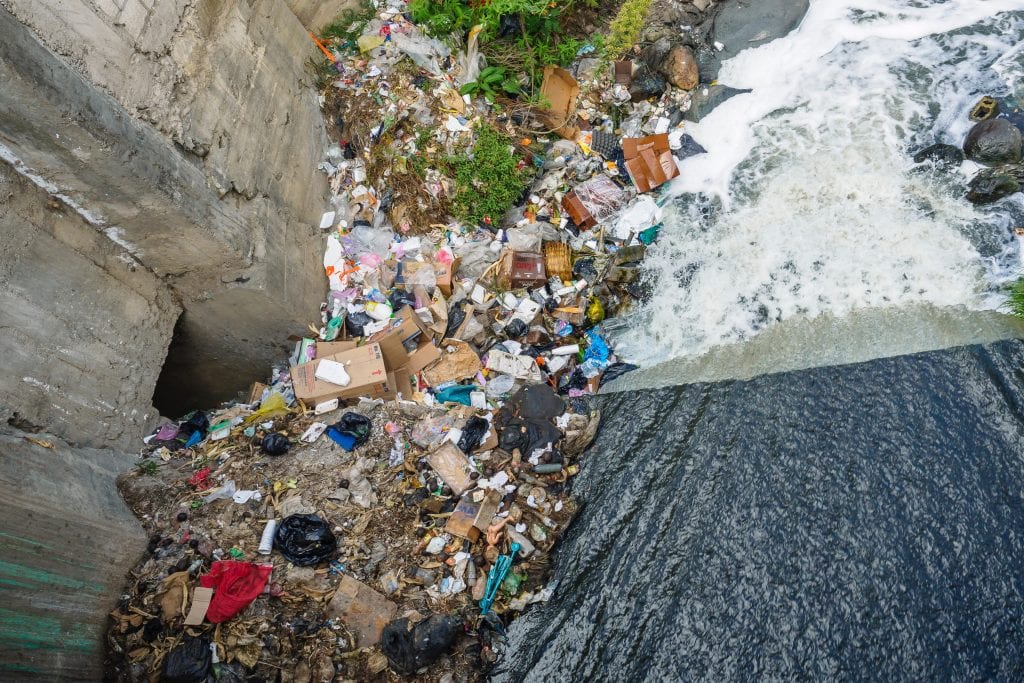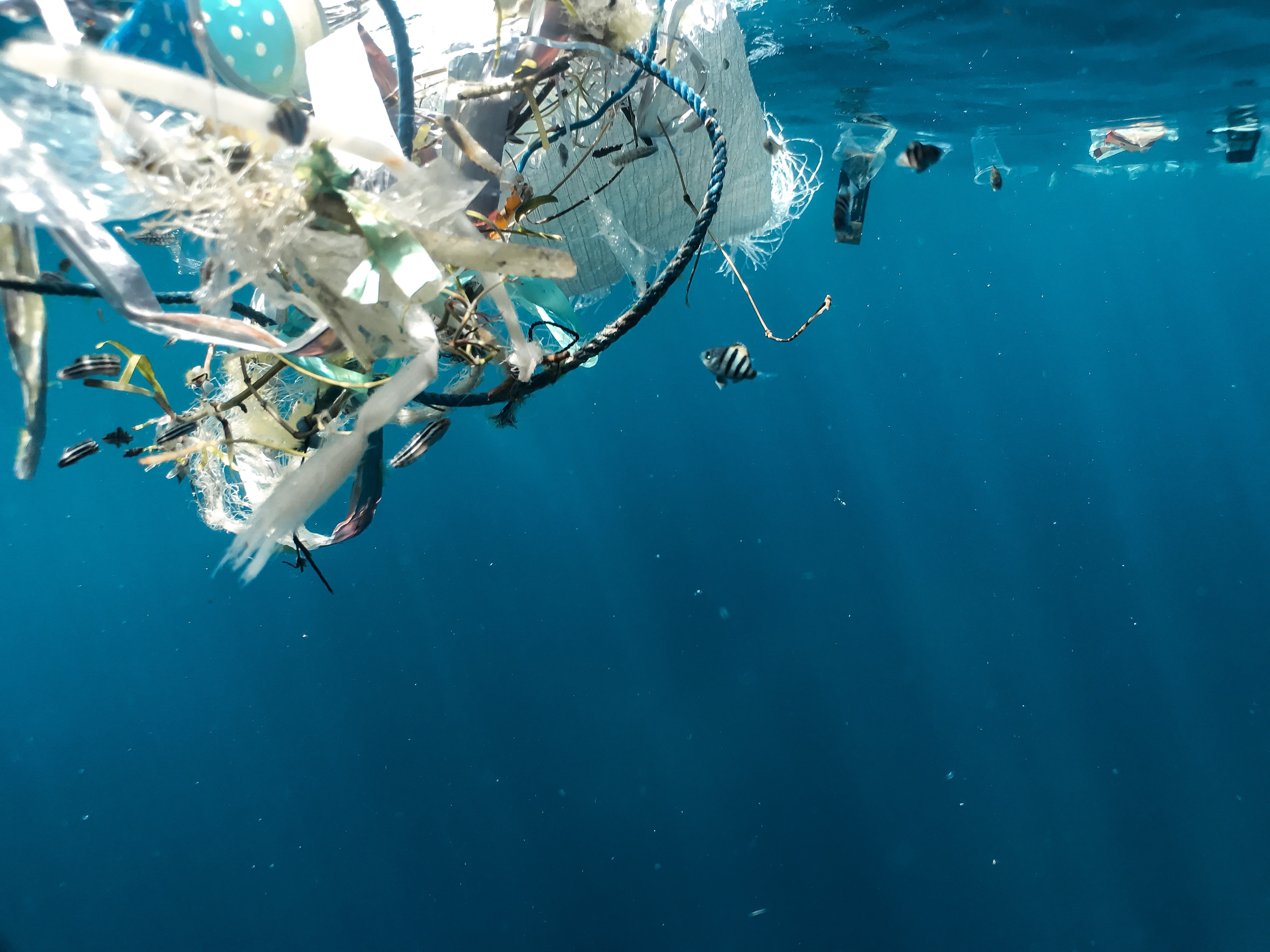Microscopic Submarines Might Be The Solution To Toxic Waste
The submarine is becoming microscopic. Tubes about 10 micrometers long can move themselves through the water using only light from the sun and can be steered by something as organic as magnetic fields. Recent research shows that clean-up of toxic waste could be made easier with these microrobots.

The movement of microrobots based on water is somewhat limited, as their weight determines whether they sink or float when they move. UC San Diego’s nanoengineering department has developed a microrobot ten times smaller than human hairs that can penetrate the depths of water.
Oil spills can be cleaned up using these self-propelled micro submarines, according to research. Their job is to collect droplets of oil and deliver them to treatment facilities. With the help of a special nano-coating, the submarines can absorb oil particles while being extremely water-repellent.
In a similar fashion, patients can receive drugs through their bloodstream. Researchers reported in the ACS Nano journal that the micro submarines could collect motor and olive oil droplets in a simple, fast, and highly efficient way.

A hydrogen peroxide bubble is generated by internal oxidation to propel the tiny motors. Therefore, they can move quickly and require little fuel.
Even though these submarines are laboratory proofs of concept, it offers the possibility of better coping mechanisms for spill disasters – a necessity made more pressing after trying in vain to contain oil spills in affected countries.
This method of repairing the environment with nanotechnology is novel, but it paves the way for future nanotechnology and environmental studies.
